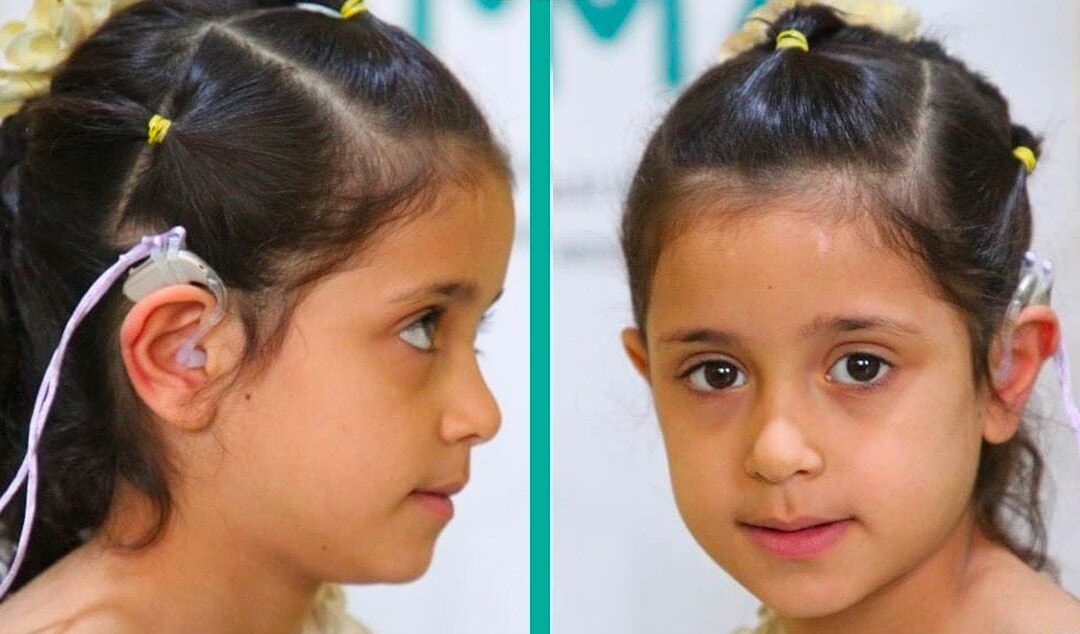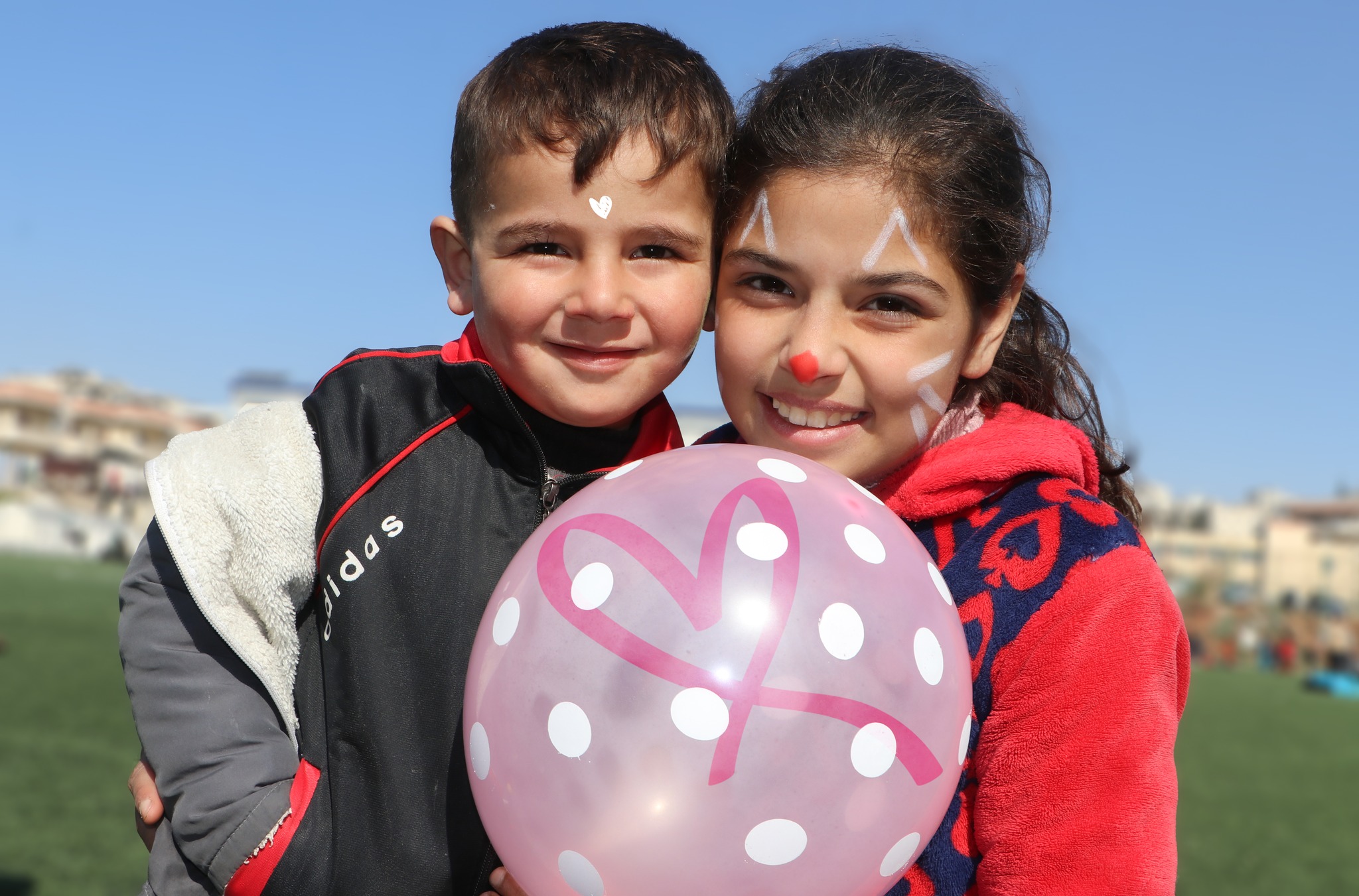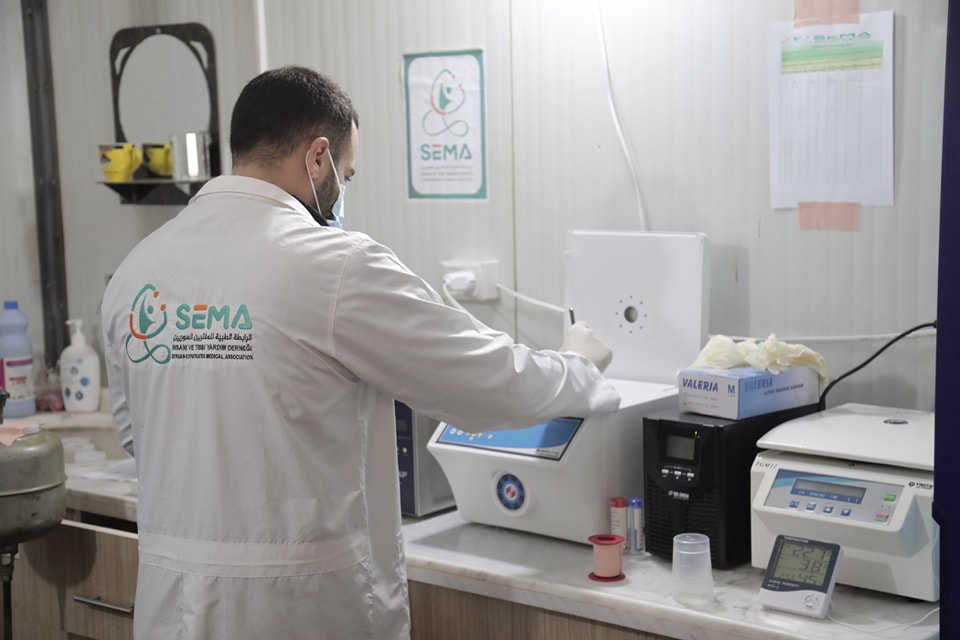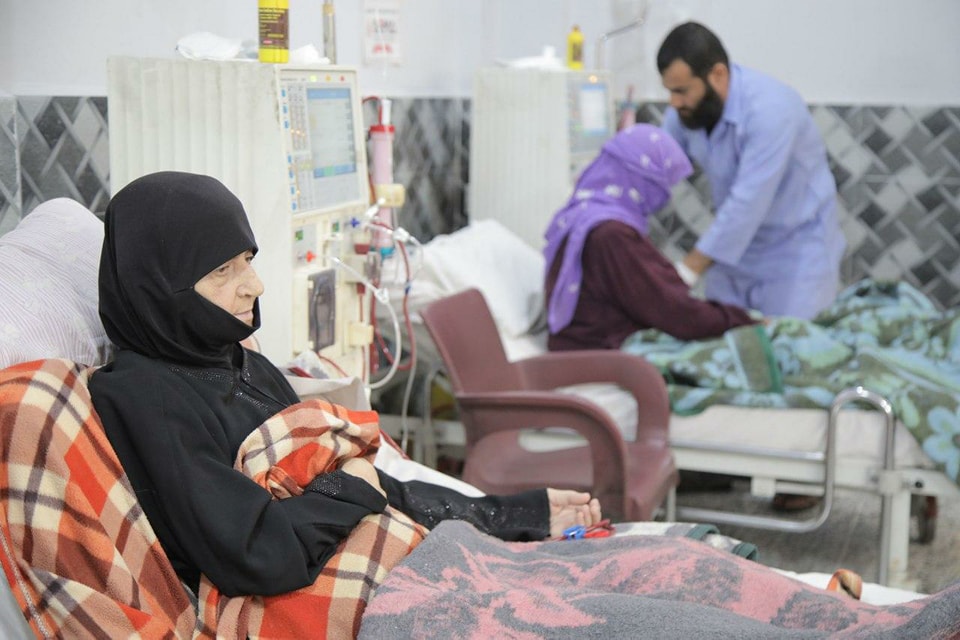Newborn babies learn and understand the world around them depending on their five senses. Taking for granted that all senses are crucially important, however, the sense of hearing can be at the top of them.
Children learn and understand their surroundings by hearing sounds and words; it’s the way they develop their communication skills in their first year. When a child loses their ability to hear, they will have trouble developing speech, language, and social skills. Unfortunately, children with hearing loss may have trouble learning and communicating with friends in school, which can lead to psychological problems if not treated fast.
Pediatric Hearing Aids
Pediatric hearing aids are designed according to the pateint age; They come with different types, sizes, and technologies accordingly.
Pediatric hearing aids, which are designed specially for children, are typically smaller, more lightweight, and more durable than the adult-hearing aids. They are designed to fit comfortably and securely on the child’s ear and can be adjusted to meet the specific needs of each child.
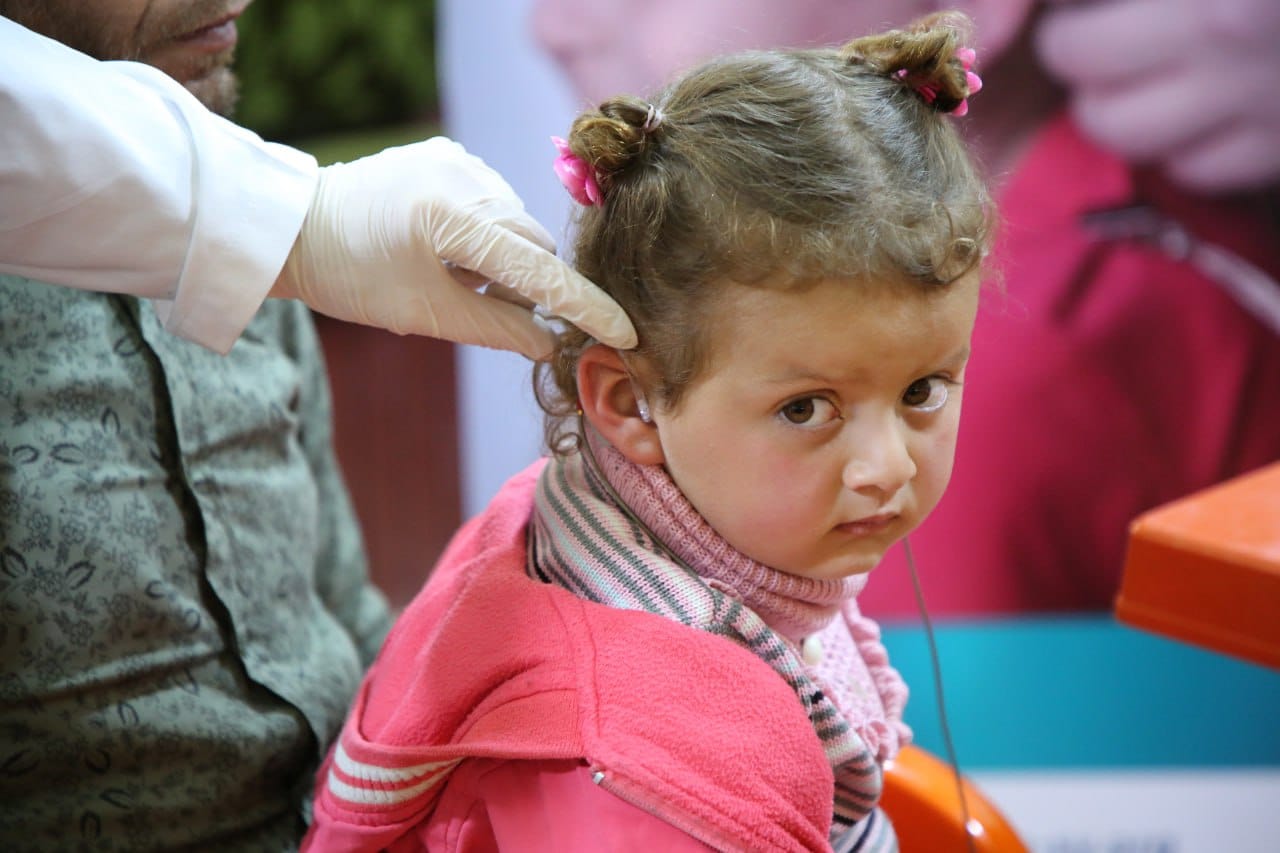
Pediatric Hearing Aids for Children and Adult
Hearing aids are devices that are designed to help people with hearing loss by amplifying sound. They can be worn by adults and children and come in a variety of sizes and styles to suit different needs and preferences.
For children, it is important to choose a hearing aid that is appropriate for their age and developmental stage, as well as their hearing loss. Children’s hearing aids may be smaller and more durable than those for adults, and may have features such as volume control that can be locked to prevent tampering. Children’s hearing aids may also have special programming and features designed to help them hear and understand speech better in different listening environments, such as in a classroom or at home.
For adults, hearing aids are available in a range of sizes and styles, including
- Behind-the-ear (BTE),
- In-the-ear (ITE),
- In-the-canal (ITC),
- Completely-in-canal (CIC).
The type of hearing aid that is most appropriate for an adult will depend on their hearing loss, lifestyle, and personal preferences. An audiologist or hearing healthcare professional can help adults choose the best hearing aid for their needs and provide guidance on how to use and care for it.
Importance of Hearing Aids for Children
Hearing aids are essential for children with hearing loss because they can help them hear and understand speech and sounds in their environment, which is necessary for their language and cognitive development. Children with hearing loss may have difficulty learning to speak and understand language and may also struggle in school and with social interactions if their hearing is not adequately treated.
It is important to identify hearing loss in children as early as possible and to get them appropriate treatment, such as hearing aids, as soon as possible. Early treatment can help prevent language and cognitive developmental delays and improve a child’s overall quality of life.
Hearing aids can also help children with hearing loss more fully participate in educational and social settings by allowing them to listen and understand what is being said. This can improve their academic performance and social interactions and help them to feel more included and connected with their peers.
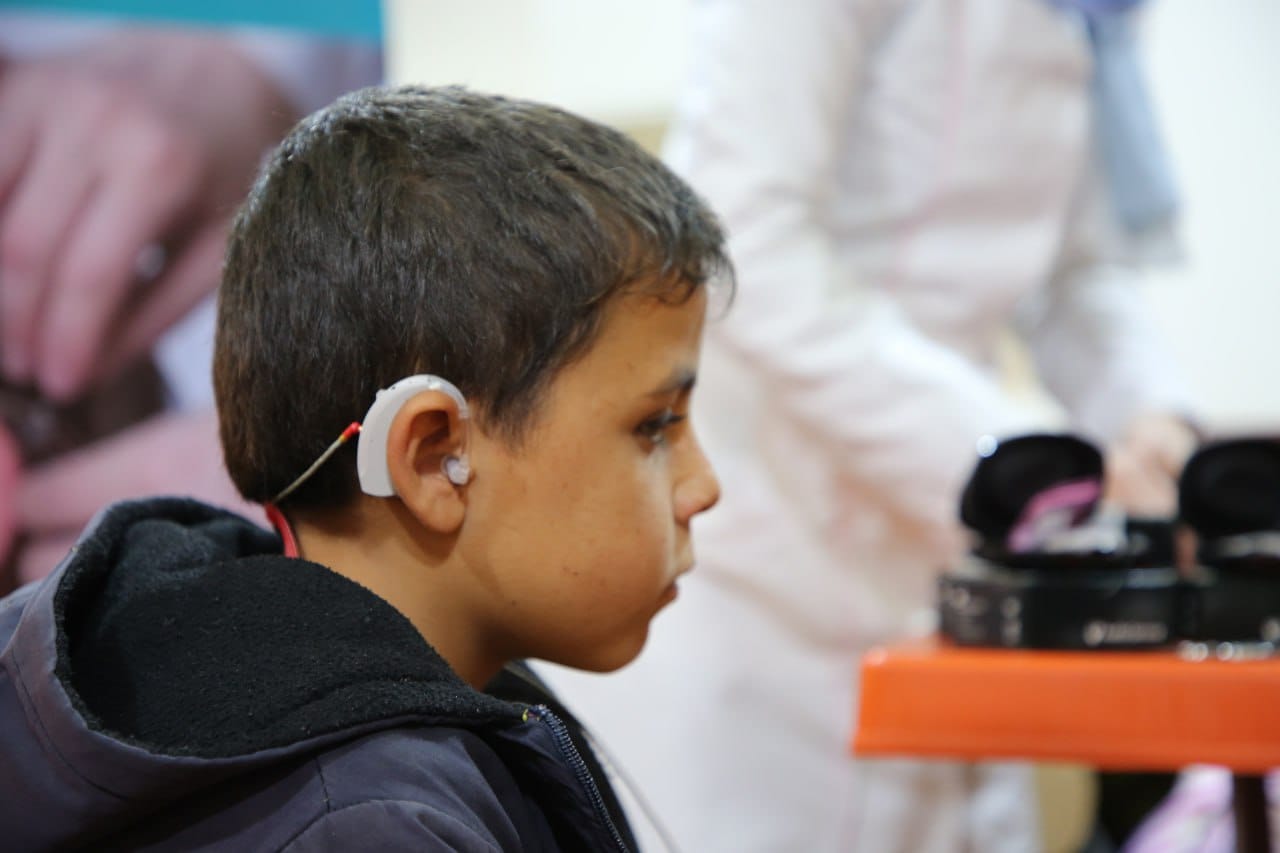
Hearing Aid Fitting Process
The process of fitting a hearing aid typically involves several steps, including:
- Hearing evaluation: testing and evaluate the child’s hearing to determine the typ and degree of hearing loss.
- Consultation: the audiologist will discuss the hearing needs and goals, and tell you which hearing aid available and which one your child needs.
- Selection: Based on hearing evaluation results and your preferences, the audiologist will recommend the hearing aid suitable for your child.
- Fitting: Once a hearing aid is selected, the audiologist will fit the device to your child’s ear and make any necessary adjustments to ensure a comfortable and secure fit.
- Programming: The hearing aid will then be programmed to meet the child’s specific hearing needs. This may involve adjusting the volume and frequency response of the device.
- Follow-up care: After the hearing aid is fitted, you may need to return for follow-up visits to have the device adjusted or re-programmed to ensure it is working properly.
Tips for Parents of Kids Who Wear Hearing Aids
Here are some tips for parents of children who wear hearing aids:
- Encourage your child to wear their hearing aids consistently, so they can hear and communicate to the best of their ability.
- Help your child care for their hearing aids, how to clean and care for their hearing aids, and how to replace the batteries.
- Communicate openly with your child, encourage them to ask questions, and express any concerns they may have.
- Make accommodations at home and school.
- Encourage your child to be independent, teach him how to manage their hearing aids, on and off, and adjust the volume.
- Seek support from other parents and professionals: Connecting with other parents and professionals can be helpful. They can provide valuable resources and support.
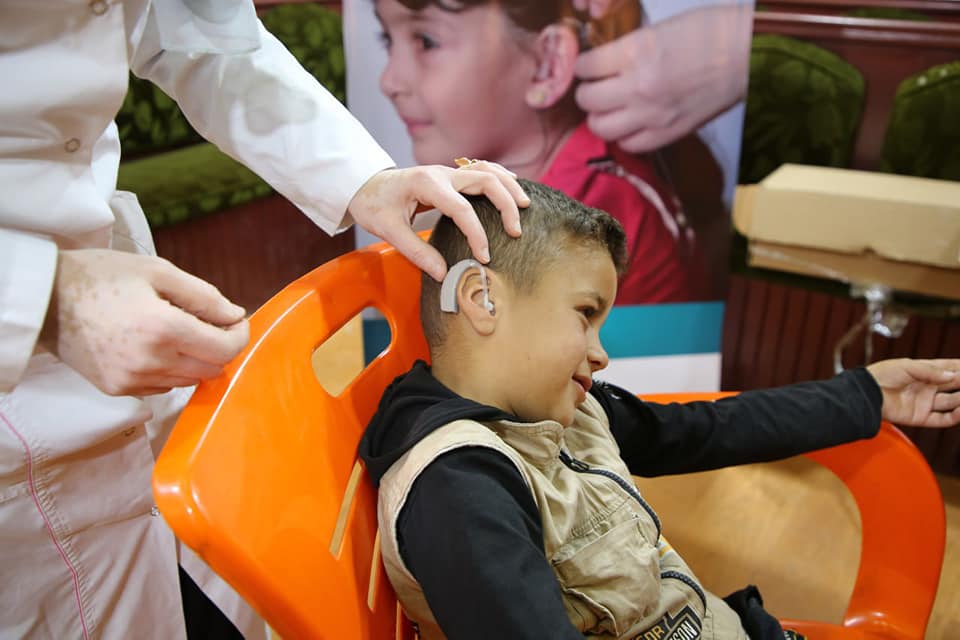
What are the Main Causes of Hearing Loss Among Children in Developing Countries and War-Ridden Countries?
There are many reasons for children living in conflict and war zones as well as in developing countries to lose their hearing.
These could include consanguineous marriages causing genetic disabilities, poor health services, and acoustic trauma as a result of terror bombings. With the absence of proper medical services and the inability of parents to cover the high expenses of hearing aids, these children are in dire need of your assistance.
Join Forces with us to Help Children with Hearing Loss
At SEMA we believe in the importance of helping children with hearing disabilities to know the sounds around them, which will keep them connected to the world around them to become better integrated into society.
Thus, we have been able to offer Syrian children suffering from hearing loss 1000 hearing aids. Join us now in our new campaign to help hearing-impaired children with new 300 hearing aids.
FAQ
What Type of Hearing Aid is Best for Children?
– Behind-the-ear (BTE),
– In-the-ear (ITE),
– In-the-canal (ITC),
– Completely-in-canal (CIC).
The most common type of hearing aid for infants and children is called a behind-the-ear (BTE) hearing aid because it sits behind the ear.
What is the Youngest Age You Can Get Hearing Aids?
When hearing loss is diagnosed, hearing aids can be used even at a very young age. Hearing aids may be recommended as early as 2-3 months of age.
Can Children Have in the Ear Hearing Aids?
Canal aids fit directly in the ear canal. They come in 2 styles: In-the-canal (ITC) aid and completely-in-canal (CIC) aid. Canal aids are custom-made to fit the size and shape of your child’s ear canal. They are generally used for mild to moderate hearing loss.
What are the Major Signs that My Child is Suffering From Hearing Loss?
Difficulty hearing and understanding words.
Frequently asking people around him/her to repeat words or speak more slowly and loudly.
Having trouble hearing consonants.
Repeatedly asking to turn up the volume of the TV or radio.
What are the Main Causes of Hearing Impairment Among Refugee Children?
As mentioned above, these could include the following factors:
Genetic disability due to marriage between relatives.
Poor medical services in war-ridden zones.
Acoustic trauma due to the effects of war and bombings.

